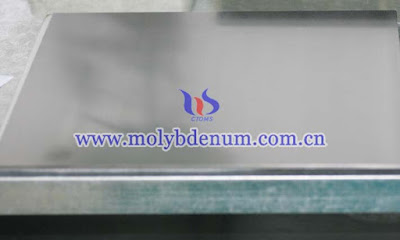TZM is molybdenum’s prime alloy and is an alloy of titanium, zirconium and carbon. This alloy is the most popular materials among various kinds of molybdenum metal and molybdenum alloys.
With better high temperature resistance, greater strength, it can be used as a mold for high-temperature heat processing of metals. In addition, to be applied in the hot runner system as nuzzle tip, it can maintain the plastic melting state and helps the formation of plastic products.
For the strengthening mechanisms of TZM alloy, the types are as following:
1. Solid solution strengthening
The solid solution strengthening of TZM is to add Ti, Zr and other alloying elements to dissolve in the Mo matrix. Among them, the strengthening effect of Zr is the most obvious, followed by Hf. This is because the base lattice of Mo is distorted. The larger the difference in the size of the solute and solvent atoms during solid solution, the better. The effect of solid solution strengthening is relatively stable above 1000 ℃, but it is not as good as deformation strengthening, but in practice, due to the limitation of solubility, the addition amount is not very large.
2. Second phase strengthening
When the second phase is uniformly distributed in the matrix phase with fine dispersed particles, it will have a significant strengthening effect, which is called the second phase strengthening. The strengthening of the second phase in TZM is due to the addition of Ti, Zr and C in Mo to form fine carbide particles. Their existence can effectively hinder the movement of dislocations and produce the strengthening of the second phase.
3. Deformation strengthening
TZM alloy is required to be below the recrystallization temperature, and the effect of deformation strengthening increases as the amount of deformation increases. In the process of deformation, the crystal grains of the alloy elongated along the processing direction, the crystal lattice is raised, the dislocation density increases, and the grains are produced, which increases the strength of the alloy. The strength of the annealed alloy can be significantly reduced. If the alloy is nitridated while annealing, nitriding points are generated in the matrix after nitriding, and the hardness and tensile strength of the alloy can be further improved.



没有评论:
发表评论